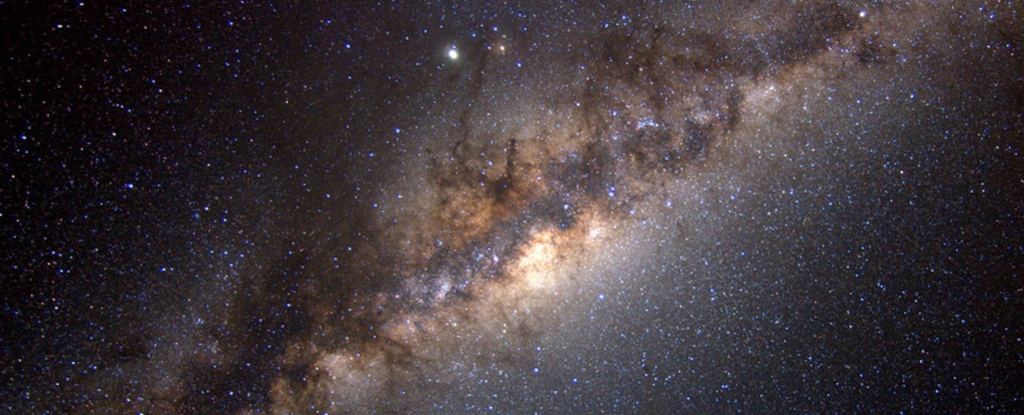Products You May Like
Mention the Milky Way and most people will visualise a great big spiral galaxy billions of years old. It’s thought to be a galaxy that took shape billions of years after the Big Bang. Studies by astronomers have revealed that there are the echoes of an earlier time around us.
A team of astronomers from MIT has found three ancient stars orbiting the Milky Way’s halo. The team thinks these stars formed when the Universe was around a billion years old and that they were once part of a smaller galaxy that was consumed by the Milky Way.
The Milky Way is our home galaxy within which our entire Solar System and an estimated 400 billion other stars. It measures 100,000 light years from side to side and is home to almost everything else we can see in the sky with our naked eyes.

On a clear dark night we can see the combined light from all the stars in the galaxy forming a wonderful band of hazy light arching across the sky from horizon to horizon. If you could view the Galaxy from the outside its broad shape would resemble two fried eggs stuck back to back.
The story of the discovery takes us back to 2022 during a new Observational Stellar Archaeology course at MIoT when students were learning how they can analyse ancient stars.
They then applied them to stars that have not yet been analysed. They worked with data from the 6.5m Magellan-Clay telescope at Las Campanas Observatory and were searching for stars that had formed soon after the Big Bang.
At this time in the evolution of the Universe, there was mostly hydrogen and helium with trace amounts of strontium and barium. The team therefore searched for stars with spectra indicating these elements.

They honed in on just three stars that had been observed in 2013 and 2014 but they had not been previously analysed so were a great study for the students.
On completion of their analysis (which took several hundred hours at a computer), the team identified that the stars had very low levels of strontium and barium as predicted if they were ancient stars.
The stars they studied were estimated to have formed between 12 and 13 billion years ago. What wasn’t clear was the origin of the stars. How did they come to be in the Milky Way given that it was relatively new and young.
The team decided to analyse the orbital characteristics of the stars to see how they moved. The stars were all in different locations through the Milky Way’s halo and all thought to be about 30,000 light years from Earth.
Comparing the motion with data from the Gaia astrometric satellite they discovered the stars were going in the opposite direction to the majority of other stars in the Milky Way. We call this retrograde motion and it suggests the stars came from somewhere else, not having formed with the Milky Way.
The chemical signatures of the stars coupled with their motion give strong credibility to the likelihood these ancient stars are not native to the Milky Way.
Now they have developed their approach to identify ancient stars, the students are keen to expand their search to see if any others can be located.
However with 400 billion stars in the Milky Way, a slightly more efficient method needs to be found.
This article was originally published by Universe Today. Read the original article.
